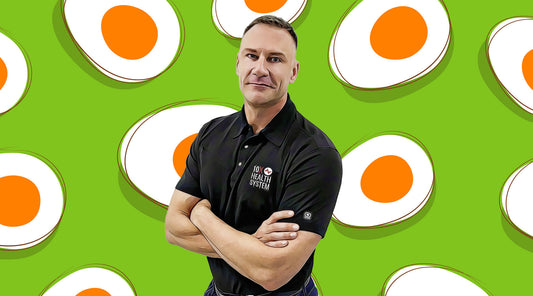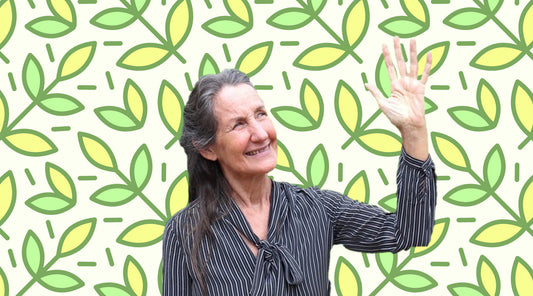The Environmental Working Group (EWG) began testing for the number of pesticides found in fruits and vegetables in 2004. But which foods contained the most pesticide residue and made it into the Dirty Dozen List, and which contained the least and made the Clean Fifteen List in 2024?
The Health Effects of Pesticides
Pesticides are sprayed onto fruit and vegetable crops to stop pests from damaging them. However, this technique can leave residue on the produce which contains chemicals that pose health risks to humans.
The chemicals that are sprayed onto crops can interfere with hormone function. Long term exposure can lead to reproductive issues, developmental problems in children, and other hormonal imbalances.
Some pesticides contain chemicals that are neurotoxic. These particular toxins can affect the nervous system and can lead to cognitive problems and developmental delays in children. They also increase the risk of neurodegenerative diseases such as Parkinson’s and Alzheimer’s.
In addition, some pesticides are classed as carcinogens which increase the risk of a variety of cancers in both men and women.
The Dirty Dozen List 2024
The EWG’s 2024 Dirty Dozen™ List includes the 12 fruits and vegetables that contained the most pesticide residue when tested. 46 different fruits and vegetables were tested in total during the analysis. The list is based on an analysis of 47,510 samples tested by the USDA and FDA.
Here’s the Dirty Dozen List for 2024:
- Strawberries
- Spinach
- Kale, Collard, and Mustard Greens
- Grapes
- Peaches
- Pears
- Nectarines
- Apples
- Bell and Hot Peppers
- Cherries
- Blueberries
- Green Beans
The Clean Fifteen List 2024
The same analysis from the EWG found the fruits and vegetables that contained the least amount of pesticide residue in 2024. This is called The Clean Fifteen™ List.
Here’s the Clean Fifteen List for 2024:
- Avocados
- Sweet Corn
- Pineapples
- Onions
- Papayas
- Sweet Peas (frozen)
- Asparagus
- Honeydew Melons
- Kiwi
- Cabbage
- Mushrooms
- Mangoes
- Sweet Potatoes
- Watermelon
- Carrots
What Can We Do?
The best thing to do to ensure you are exposed to the least number of pesticides possible is to buy and eat fruits and vegetables listed in The Dirty Dozen in their organic form.
Organic fruit and vegetables are grown with stricter regulations regarding pesticide use. Most synthetic chemical-based pesticides and fertilizers are prohibited in organic farming. Organic farmers often use natural or non-synthetic pesticides, such as those derived from plants, minerals, or microbial sources. These natural pesticides pose far less risk to your health.
Another method is to focus on eating “clean” fruits and vegetables which contain the lowest number of pesticide residue. The fruits and vegetables listed on the EWG’s Clean Fifteen List are much safer to buy in their conventional non-organic form. Nearly 65% of the fruit and vegetable samples listed in The Clean Fifteen had no detectable pesticide residues.
Essentially, you could buy a few fruits and vegetables in organic form from The Dirty Dozen and a few items in their standard form from The Clean Fifteen. This strikes a balance between having a low exposure to pesticides and cost-effectiveness.






